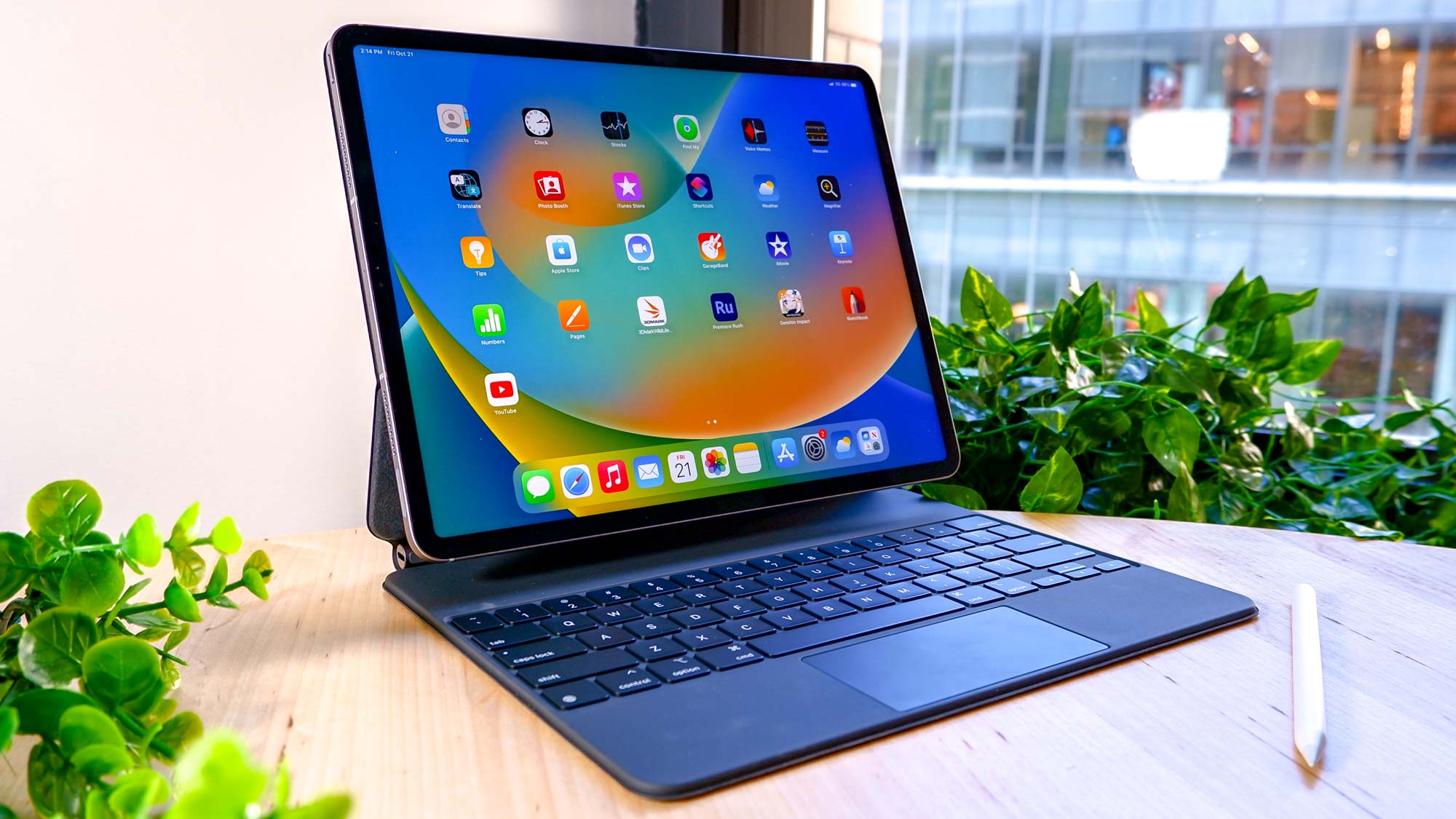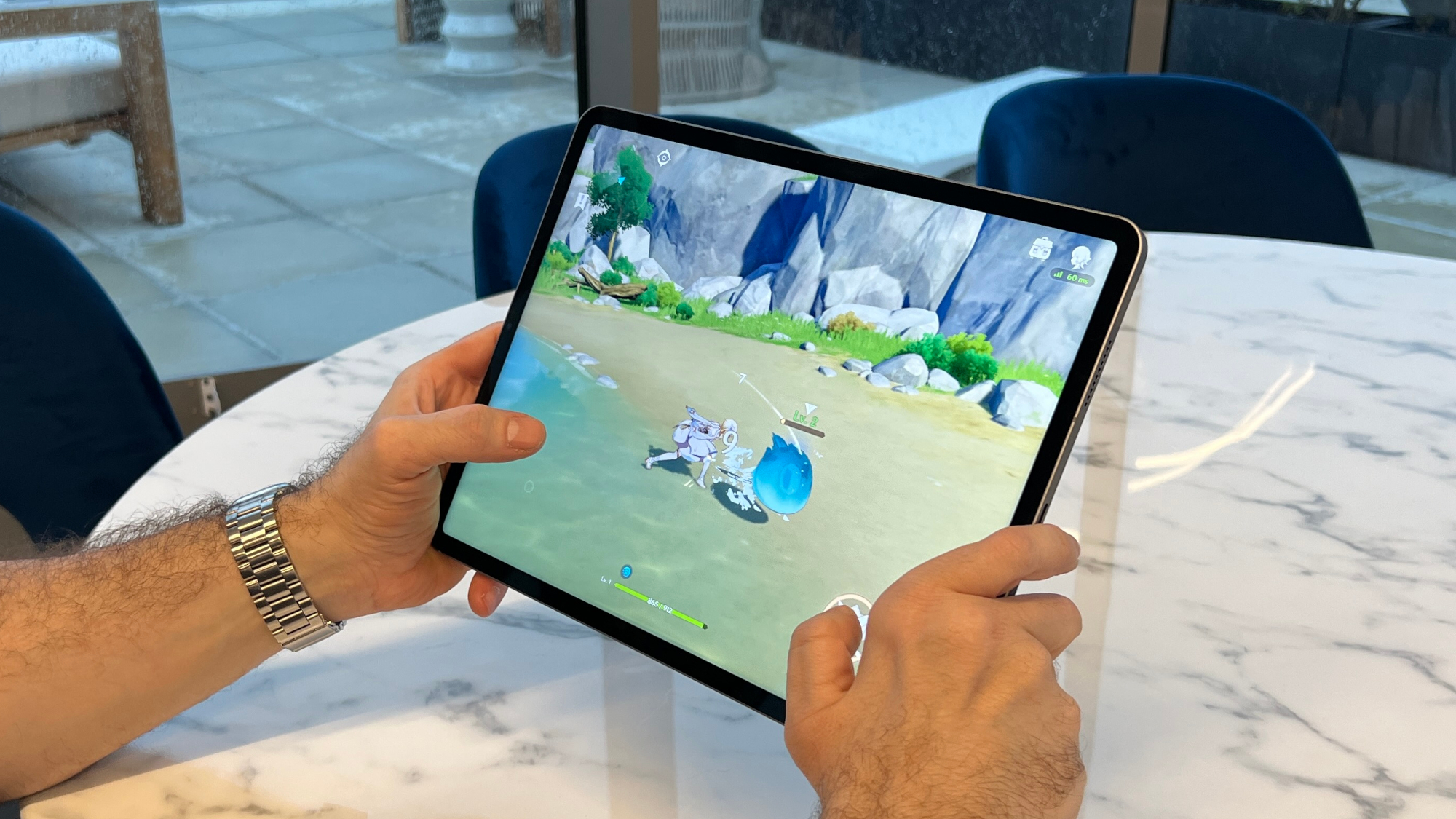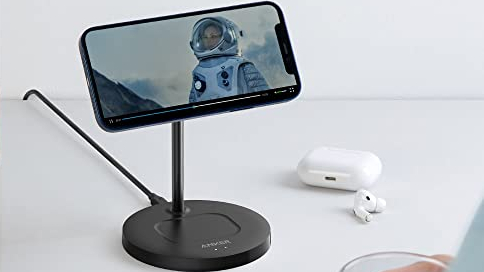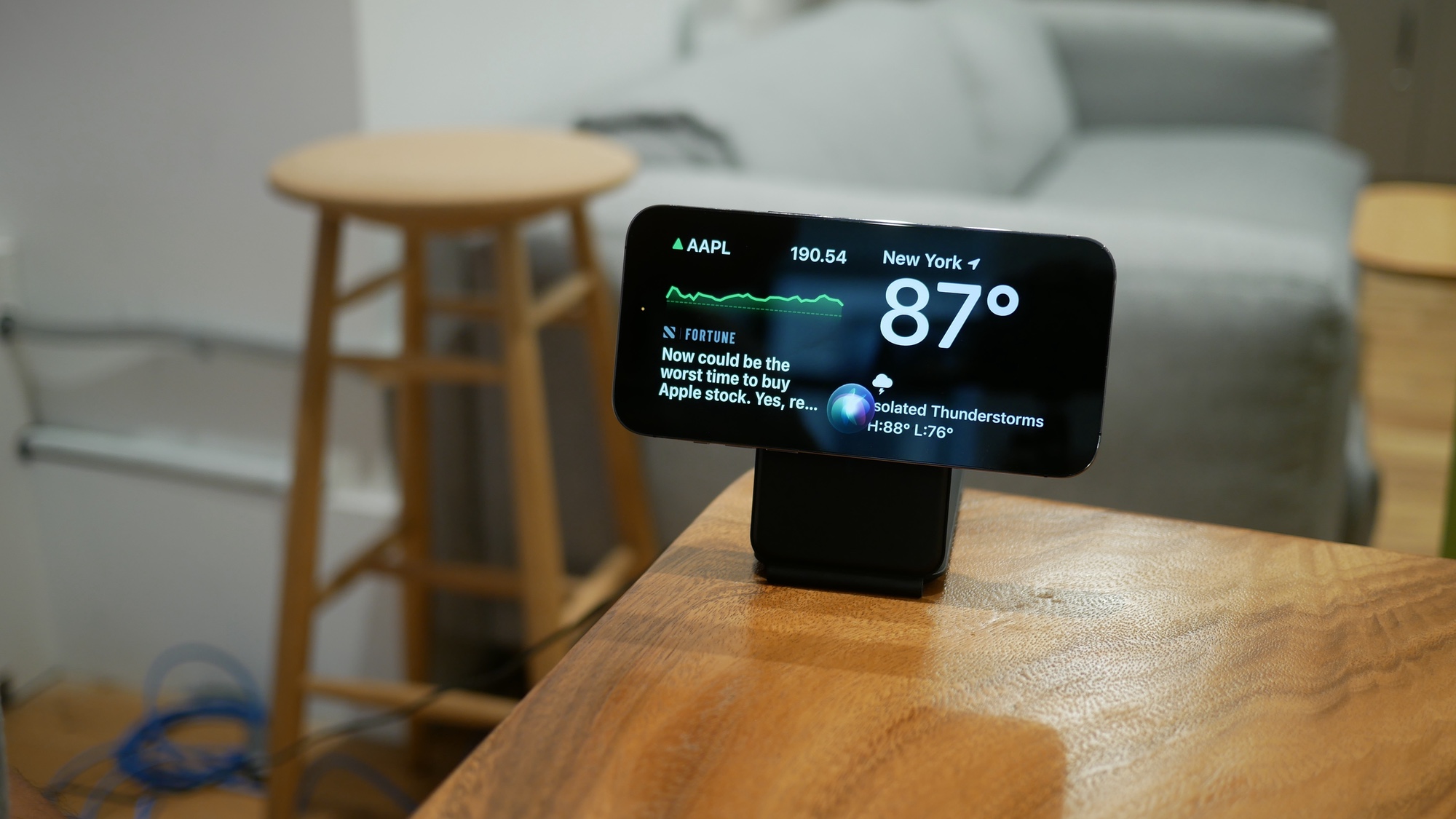
If you’ve paid any attention to iPad rumors the past few years or so, you’ll have seen that there’s been a lot of emphasis on OLED displays. Word is that Apple is transitioning away the current liquid retina panels on all iPads over the next few years — and for good reason.
But no matter what the benefits are for switching to OLED, it’s not the upgrade I want to see on iPads in 2024. I’m not a particularly display-oriented person, so it’s no surprise that I’m not hugely enthusiastic about an OLED transition on any gadget — let alone the iPad.
Instead Apple should be focusing on adding MagSafe and wireless charging at long last. It's been rumored multiple times, but so far nothing has come of it. And it's about time this changed.
I know the benefits of OLED, but I can’t get excited about it

Display technology is always evolving for the better, and I’m definitely not against that. Not only do pictures improve, but the actual size and weight of those screens slims down to much more manageable levels. Which is very important when tablets and phones are concerned.
Can you imagine a CRT iPad existing? I once used a CRT TV as a chair, and the actual screen was only around 32-inches. Using that tech on a tablet means it would be so bulky and unwieldy that it would defeat the purpose of its existence.
Compared to LCD panels, OLED has a lot of benefits. Image quality in particular is better, with better contrast, higher brightness, more colors, faster refresh rates and a much wider range of viewing angles. Not to mention lower power consumption, and a simpler baclight-free design that allows for much thinner displays.
All good reasons to like OLED, and yet I honestly can’t ever see myself getting excited for this. Which is in contrast to some of my colleagues here at Tom’s Guide, who feel completely the opposite. I’m not the kind of person that would consciously notice the benefits of OLED if I wasn’t deliberately looking for them.
I certainly didn’t notice the difference when my living room TV was swapped out for my girlfriend’s 55-inch QLED smart TV. QLED and OLED are different, but in theory QLED should still be an upgrade over a regular LED/LCD screen. Instead I despise this blasted TV with every fiber of my being — and can’t wait for the day I have enough money to buy something better.
I’ll happily take an OLED iPad if and when they’re available, but it’s not something I’m going to be holding my breath in anticipation for.
MagSafe is a basic feature iPads should already have

To me it feels like adding MagSafe to the iPad is a no-brainer. In days gone by I could maybe understand some resistance to it, because a tablet would look rather silly on a generic wireless charging pad, and most Qi phone stands probably wouldn’t be big enough to hold and charge devices over a certain size.
But we’ve had MagSafe on the iPhone for over three years now, and it is by its very nature a totally different beast to regular Qi wireless charging. Primarily because of the magnets, which is presumably why the Qi2 standard is so heavily inspired by MagSafe’s design. Simply slap a MagSafe charger into the back of your iPad and it’ll get to work.
Most importantly, though, is that the charger will stay in place regardless of the tablet’s position. Gotta love those magnets, because it means wireless charging on an iPad would be a lot more practical. Not to mention the fact that it opens up room for a whole new range of stands and docks that an iPad could easily slip into.
Making the Apple smart display a reality

This is where one of the real benefits comes from, with some inspiration from the Pixel Tablet. The Google Pixel Tablet is a fully-fledged Android tablet that comes with a charging dock that turns it into a smart home display. An iPad could follow that example with a little help from StandBy mode — which was introduced as an iPhone-exclusive feature in iOS 17.
Pop the iPad into a MagSafe dock and StandBy mode can turn it into an Apple Smart Home Hub. It’s something that Apple’s product line-up sorely lacks, and it could then add some extra functionality to iPads within the home. Or let people repurpose their old tablets when they upgrade
Sure you don’t need MagSafe for StandBy mode to work, but it is a lot more convenient to slap a phone into a stand without having to plug it in afterwards. It also means you can pick up and move your iPad from room to room while maintaining access to StandBy Mode features. All you’d need is another charger or stand.
We have heard rumors about an Apple HomePod with a 7-inch display that could be coming. And even if that’s true, there’s no reason why these two options couldn’t co-exist. After all there’s no shortage of Echo Show products, even though Amazon's Fire tablets have the ability to do something similar thanks to Show Mode.
Bottom line
I’m not saying Apple should disregard OLED displays for the iPad. When a product is basically just a screen in your hands, it makes sense for that screen to look as good as it possibly can. Though it makes you wonder why Apple has taken so long to get it done, especially since OLED iPhones have been on sale for over 5 years.
But at the same time every time I see news and rumors about an OLED iPad all I can think is “eh, so what?”. I’d be a lot more excited about Apple including MagSafe to its tablet range, and all the benefits that could come with it. More convenient charging and additional functionality for those that want it.
It wouldn’t be the most exciting upgrade in the world, but it is something that the iPad is sorely missing. And if Apple’s going to fix its mistake by upgrading the iPad to OLED, it’s about time it fixed some of the other rather basic omissions.







